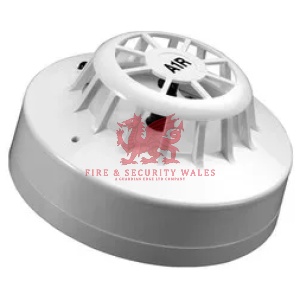

Apollo Series 65 Conventional Heat Detector
£21.99
The self-extinguishing case of this detector houses a pair of negative temperature co-efficient thermistors to sense heat – one exposed to the ambient temperature and the other thermally insulated.
- Description
- Size Guide
- Additional information
- Brand
- Reviews (0)
- Q & A
Description
Apollo Series 65 Conventional Heat Detector
Apollo Series 65 Heat Class A1R
The Apollo Series 65 Heat Class A1R is a rate of rise (ROR) heat detector. The self-extinguishing case of this detector houses a pair of negative temperature co-efficient thermistors to sense heat – one exposed to the ambient temperature and the other thermally insulated.
In normal conditions, the thermistors will be in thermal equilibrium. If there’s a fire, the external thermistor will record an increase of temperature resulting in lower resistance – this resistance imbalance will cause the detector to activate an alarm if it reaches a factory pre-set level.
There is also a fixed resistor in the detector. When the resistance level of the resistor and the insulated thermistor combined is greater than that of the exposed thermistor, an alarm will be activated. This gives you confidence that an alarm will still be triggered even if the temperature rise is too slow to activate the ROR part of the detector. The maximum static response temperature of this heat detector is 65°C.
Upon entering an alarm state, the external red LED will illuminate for quick identification. A signal is sent to the conventional fire alarm system control panel via an increased current drawn from the supply.
Apollo Series 65 Heat Class BR
The Apollo Series 65 Heat Class BR measures heat’s rate of rise (ROR). A rapid and significant increase in heat generally means a fire is in the vicinity.
This heat detector houses two thermistors to monitor the temperature of the surrounding environment – one is thermally insulated, whereas the other is exposed to the air around the detector. Under normal circumstances, both thermistors will be of an equal thermal state.
When the air temperature outside the heat detector rises, the external thermistor will experience a drop in resistance. At the point at which the imbalance in resistance between the two thermistors reaches a pre-set level, an alarm will be triggered.
If the temperature rise is very slow and gradual, this method of heat detection will not always work. A fixed resistor has also been built into the detector to prevent an alarm from being missed. If the resistance level of the insulated thermistor and the resistor together exceeds that of the external thermistor, an alarm will also be activated. This will occur when the external temperature reaches 85°C.
In both cases, a signal will be sent to the conventional fire control panel in the form of an increase in current drawn by the detector from the supply. An external LED will illuminate red to indicate the detector has been activated.
Apollo Series 65 Heat Detector CS Static 80°C To 100°C
The Apollo Series 65 Heat Detector CS Static 80°C to 100°C is a fixed heat detector. The self-extinguishing case of this detector houses just one thermistor, which will activate an alarm state when the air temperature in the surrounding vicinity reaches a pre-set level – in this static heat detector; the temperature will have to be reached before an alarm is triggered in 100°C.
Upon detecting that the temperature has reached or exceeded this level, the Apollo Series 65 CS heat detector will signal the conventional fire alarm system control panel. This signal takes the form of the detector drawing more current from the supply than usual – anywhere from about 50μA to a maximum of 75mA.
During an alarm state, a light-emitting diode (LED) on the exterior of the heat detector’s white self-extinguishing polycarbonate housing will illuminate red to indicate that it has detected heat from the fire.
Apollo Series 65 Heat Detector CR Rate of rising 80°C to 100°C.
Rate of rise (ROR) heat detectors measure the rapid increases in temperature resulting from a fire in the immediate area. The Apollo Series 65 Heat Detector CR is one example of this ROR heat detector.
Two negative co-efficient thermistors in the detector monitor the surrounding ambient temperature and any change. One thermistor is exposed to the ambient air temperature, while the other is thermally insulated as a control. When conditions are normal, these thermistors will be in thermal equilibrium.
If there’s a fire, the temperature rise will cause the resistance of the external thermistor to drop. The detector records this resistance imbalance, and an alarm will be triggered if it reaches a pre-set level.
If the temperature rise is too slow to be recorded, a fixed heat resistor is also included in the detector. If the resistance of the external thermistor is less than that of the insulated thermistor and the resistor combined, an alarm will be activated. In this Apollo Series 65 heat detector, the maximum static temperature before the alarm signal is sent is 100°C. An external LED will illuminate red when an alarm signal has been sent to the conventional fire alarm control panel.

| size | chest(in.) | waist(in.) | hips(in.) |
|---|---|---|---|
| XS | 34-36 | 27-29 | 34.5-36.5 |
| S | 36-38 | 29-31 | 36.5-38.5 |
| M | 38-40 | 31-33 | 38.5-40.5 |
| L | 40-42 | 33-36 | 40.5-43.5 |
| XL | 42-45 | 36-40 | 43.5-47.5 |
| XXL | 45-48 | 40-44 | 47.5-51.5 |
Additional information
| Heat Class | A1R – Rate of Rise, BR, CR, CS – Fixed 90 Deg |
|---|
Only logged in customers who have purchased this product may leave a review.


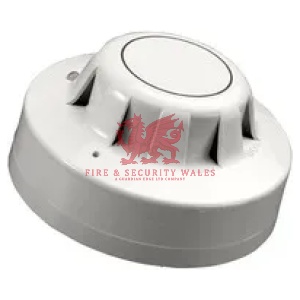

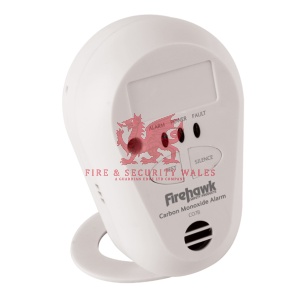

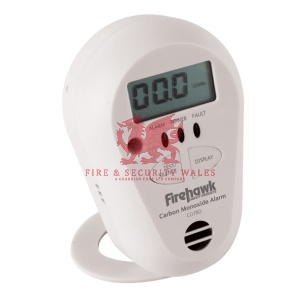
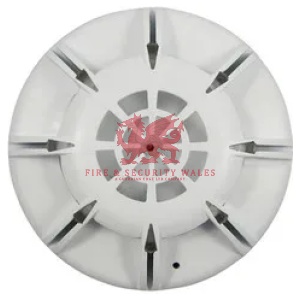

Reviews
There are no reviews yet.